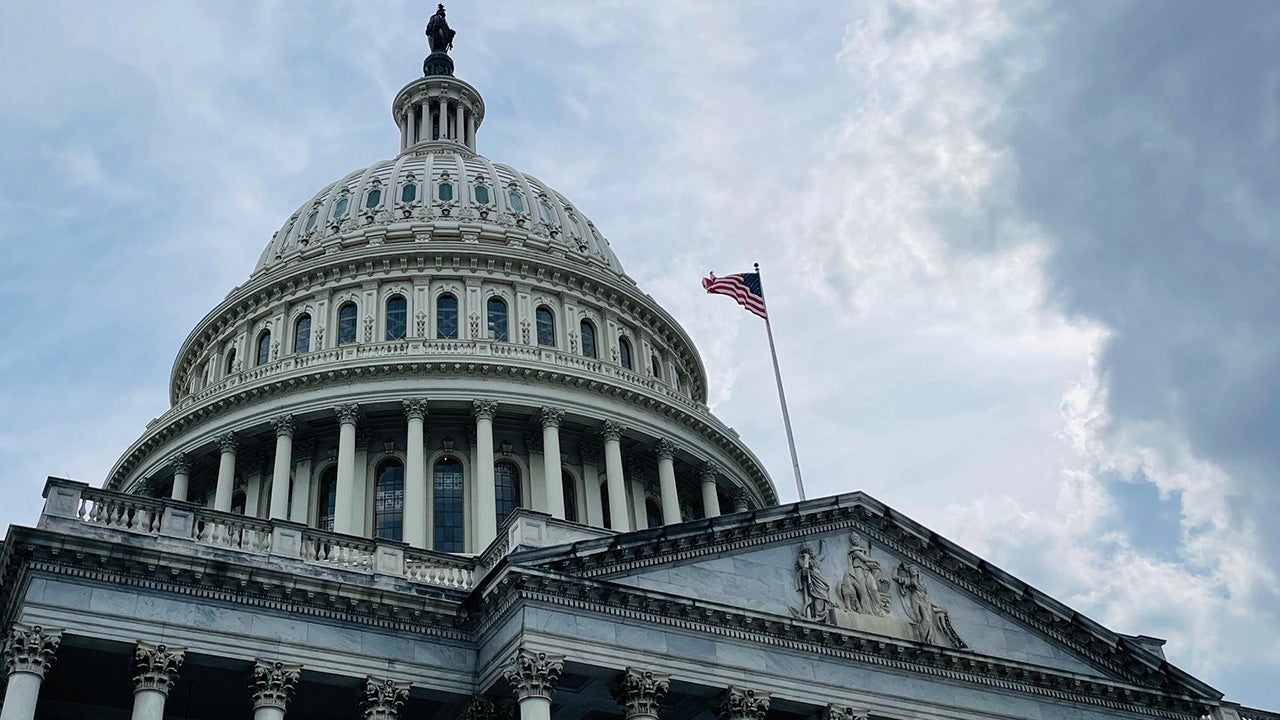Global Fixed Income Strategy - February 2025


January inflation higher than expected but US inflation trends still intact, rates attractive
January’s higher than expected inflation report raised questions about the path of US inflation and what it might mean for Federal Reserve (Fed) policy. Consumer prices rose 0.5% in January on a seasonally adjusted basis, the largest monthly increase since August 2023 and above economists’ expectations for a smaller increase of 0.3%. Annual inflation rose to 3% in January, up from 2.9% in December.1 Nevertheless, we view the recent report as broadly in line with our medium-term inflation outlook. In our view, the composition of the underlying price moves does not indicate a fundamental shift in inflation trends, as we explain below.
Components of the January inflation report reflect ongoing trends
One of the most notable aspects of the January report was owners’ equivalent rent (OER) - the amount of rent a homeowner would receive if they rented out their current home. Both OER and rent inflation continued to slow. The most recent month-over-month changes are significantly below the highs of 2022 and 2023, though modestly above pre-pandemic norms. We expect the monthly pace of shelter inflation to remain around current levels going forward, which should lower the annual inflation rate in this category until the summer.
The main surprise in the report came from higher than expected price increases in transportation services, which have volatile components but generally had shown declining inflation in recent months. On the goods side, cars, medical care, and recreational commodities posted unexpected inflation. While we do not expect inflation in the latter two segments to be persistent, car prices may rise this year due to tariffs on imports and improving affordability.
Overall, while the overall report was an upside surprise, its composition does not indicate a fundamental shift in inflation trends. The opposing forces on display in the report - moderate goods inflation emerging from deflation, ongoing disinflation in shelter and stabilizing non-shelter core services prices - suggest that inflation will likely remain sticky and move broadly sideways in early 2025, in line with our expectations.
Investment risks
The value of investments and any income will fluctuate (this may partly be the result of exchange rate fluctuations) and investors may not get back the full amount invested.
Fixed-income investments are subject to credit risk of the issuer and the effects of changing interest rates. Interest rate risk refers to the risk that bond prices generally fall as interest rates rise and vice versa. An issuer may be unable to meet interest and/or principal payments, thereby causing its instruments to decrease in value and lowering the issuer’s credit rating.
Non-investment grade bonds, also called high yield bonds or junk bonds, pay higher yields but also carry more risk and a lower credit rating than an investment grade bond.
The risks of investing in securities of foreign issuers, including emerging market issuers, can include fluctuations in foreign currencies, political and economic instability, and foreign taxation issues.
The performance of an investment concentrated in issuers of a certain region or country is expected to be closely tied to conditions within that region and to be more volatile than more geographically diversified investments.




